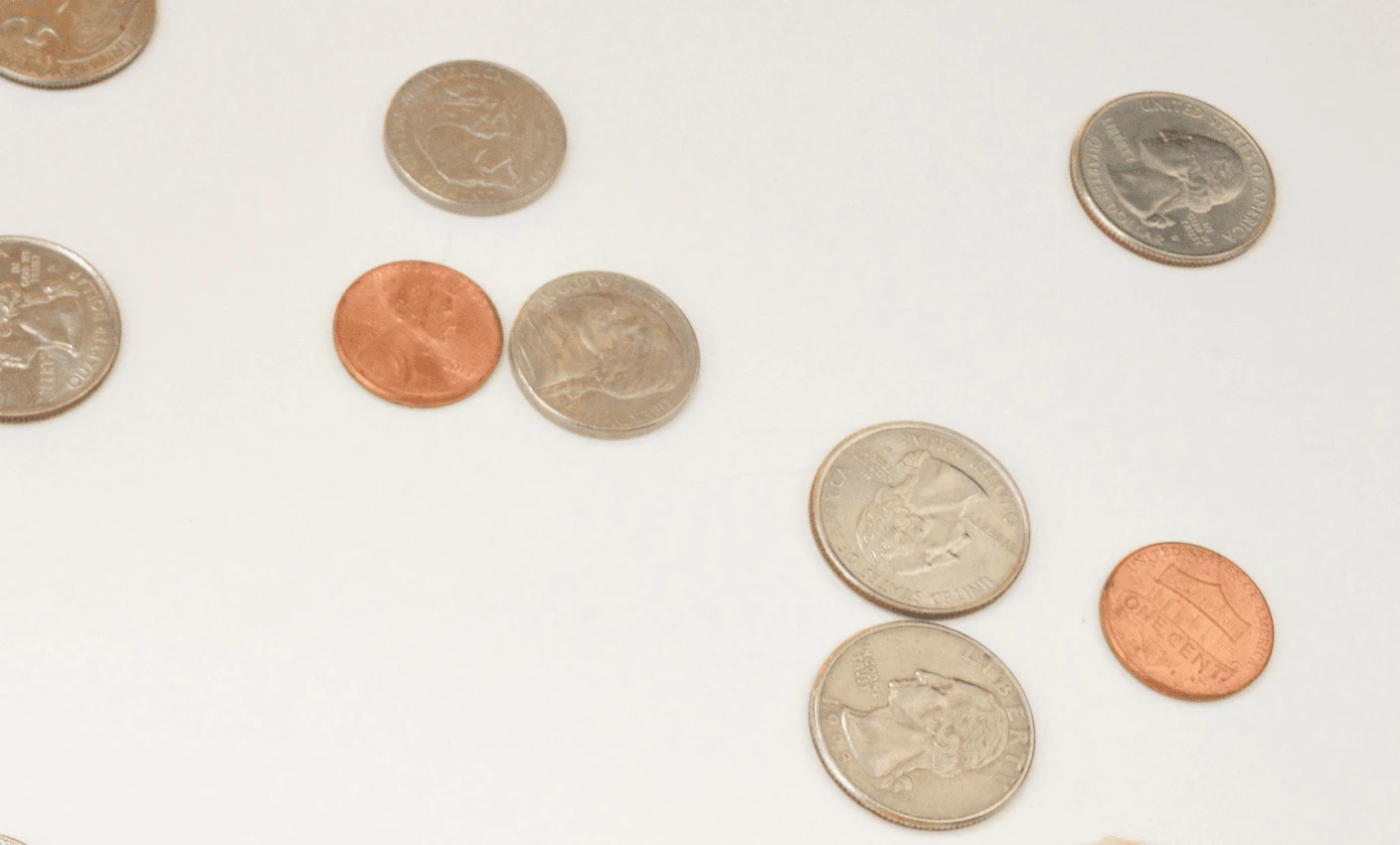The Lively Blog
SIGN UP FOR OUR
Newsletter
Stay up to date on the latest news delivered straight to your inbox
Why You Should Consider Maxing Out Last Year’s HSA Contributions Now
Lively · January 2, 2025 · 5 min read

The tax code can be confusing and we’ll admit that some of the rules might seem counter-intuitive. But there’s one such rule for Health Savings Accounts (HSAs) that can work in your favor: Prior-Year Contributions (PYCs).
What is a prior-year HSA contribution?
When it comes to HSAs, Tax Day is a crucial deadline. So if you make a contribution to your HSA between January 1st and the annual tax deadline, you get to choose whether it applies to your contribution limit for the current or previous year. If you choose to apply it to the previous year’s annual contribution limit, it’s considered a “prior-year contribution”.
PYCs follow all the same rules as contributions made in the same year as they’re counted. That means they’re tax-deductible in the year they’re counted and that year’s annual HSA contribution limits apply.
Who qualifies to make a PYC?
Anyone with an active HSA who was covered by an HSA-qualified High Deductible Health Plan (HDHP) through December 31st of the previous year can make a PYC to their HSA. Even if you were only covered by your HDHP for the month of December, you can still make a PYC. In fact, that might be one of the best reasons to make a PYC.
In addition, you must not have met your annual contribution limit for the prior year in order to make a PYC. If you did max out your annual contribution limit the previous year, your contribution will count towards the current year’s limit.
How do I benefit from a PYC?
Lowering your tax bill. Since HSA PYCs are tax-deductible, your net taxable income for the previous year will be reduced by the amount you contribute. This reduces your tax liabilities. This could be especially beneficial if by making a PYC, you drop into a lower tax bracket, thus paying a lower percentage on your income and reducing your tax liabilities even more.
Grow your HSA balance. Your HSA contributions never expire so you always have access to the money you save, even if you’re no longer covered by an HDHP. The money you save today is money you’ll have to use tomorrow (or whenever you need it).
Save for retirement. Since HSA contributions never expire, an HSA functions as a great addition to your retirement strategy. The money in your HSA grows tax-free and once you turn 65, you can use your savings on whatever you want, subject to regular income tax. The bonus? If you use the money on qualified medical expenses, your distributions are tax-free as well.
Put bonuses or other unexpected money to work. If you received a year-end bonus, an inheritance, or simply ended the year with more room in your budget than you thought you had, you could put that money to work by making a PYC to your HSA.
Play catch-up. If you paused or lowered your HSA contributions at any point during the year, a PYC can help you stay on track with your savings goals.
What are the tax filing requirements for a PYC?
If you make contributions to your HSA through your employer and they’re automatically taken out of your paycheck, you have no additional filing requirements. If your employer doesn’t support making HSA PYC through payroll, you can contribute to your account directly. Then complete a form 8889 and file it with your income taxes.
If you’re not sure how your HSA contribution will be counted, reach out to your HR department or HSA administrator.
Finding funds to make a prior year contribution to your HSA
If making a PYC to your HSA sounds attractive, here are some ways to find the money to make it.
Raise or bonus. Many companies give employees year-end bonuses and performance-related raises. If you’re fortunate enough to receive these, you can use this pot of additional money to make a PYC.
Reallocate contributions from another retirement account. If you had originally planned to contribute a set amount to your 401k or other retirement account, consider redirecting a portion of that money to your HSA. Here’s why doing this might be more beneficial to you.
Complete a one-time IRA to HSA rollover. If you have an IRA, you can do one rollover of IRA funds to your HSA in your lifetime.
Making a PYC to your HSA is a great way to grow your healthcare nest egg and ensure you’ll always have the money you need for medical care. It’s also a great way to lower your previous year’s tax burden, especially if it can help drop you down to a lower bracket. If you have questions about how to make a PYC to an employer-offered HSA, reach out to your HR department or HSA administrator.
If you are interested in saving with a top-rated HSA, sign up for Lively today.

Benefits
2025 and 2026 HSA Maximum Contribution Limits
Lively · May 9, 2024 · 3 min read
On May 9, 2024 the Internal Revenue Service announced the HSA contribution limits for 2025. For 2025 HSA-eligible account holders are allowed to contribute: $4,300 for individual coverage and $8,500 for family coverage. If you are 55 years or older, you’re still eligible to contribute an extra $1,000 catch-up contribution.

Benefits
What is the Difference Between a Flexible Spending Account and a Health Savings Account?
Lauren Hargrave · February 9, 2024 · 12 min read
A Health Savings Account (HSA) and Healthcare Flexible Spending Account (FSA) provide up to 30% savings on out-of-pocket healthcare expenses. That’s good news. Except you can’t contribute to an HSA and Healthcare FSA at the same time. So what if your employer offers both benefits? How do you choose which account type is best for you? Let’s explore the advantages of each to help you decide which wins in HSA vs FSA.

Health Savings Accounts
Ways Health Savings Account Matching Benefits Employers
Lauren Hargrave · October 13, 2023 · 7 min read
Employers need employees to adopt and engage with their benefits and one way to encourage employees to adopt and contribute to (i.e. engage with) an HSA, is for employers to match employees’ contributions.
SIGN UP FOR OUR
Newsletter
Stay up to date on the latest news delivered straight to your inbox
